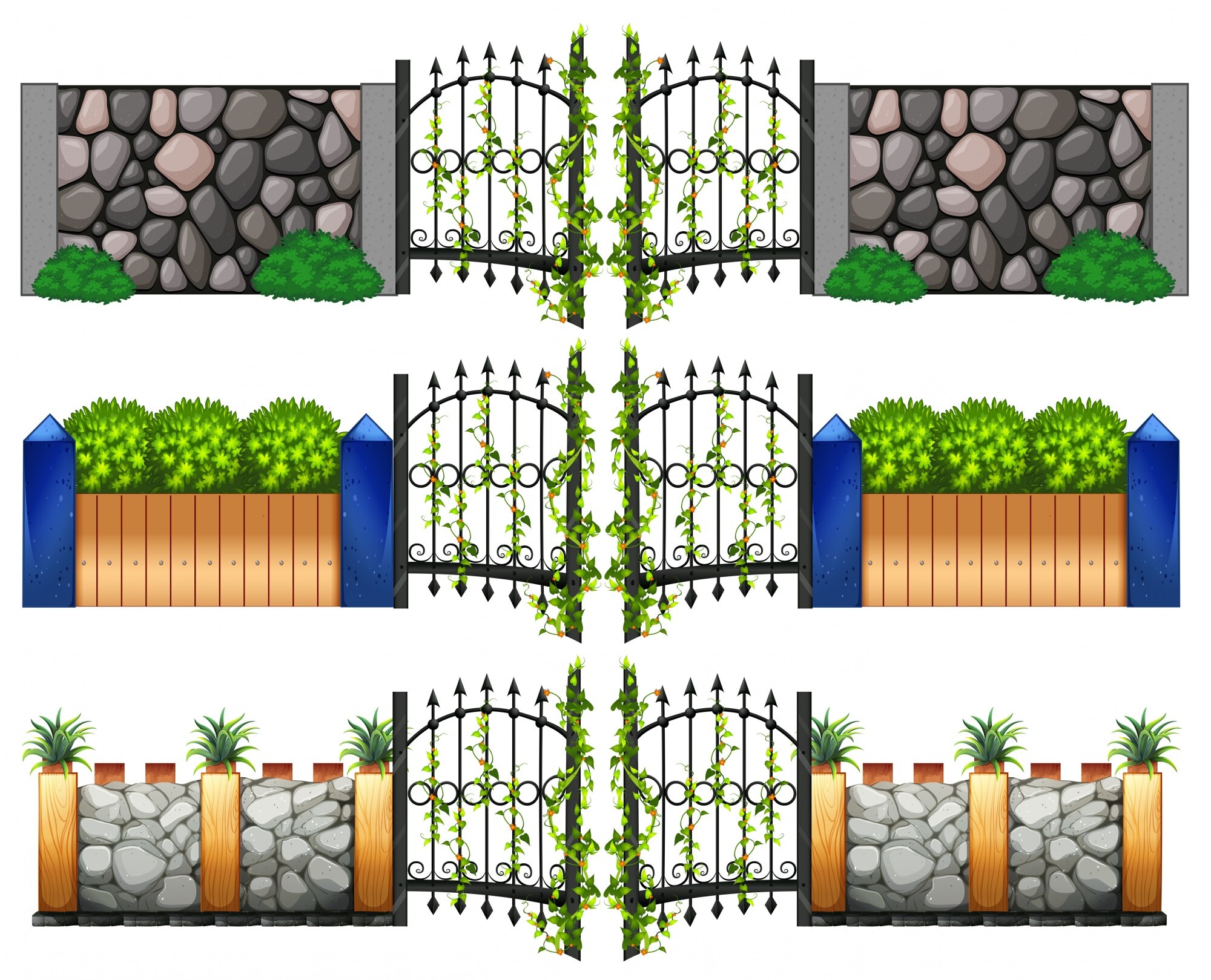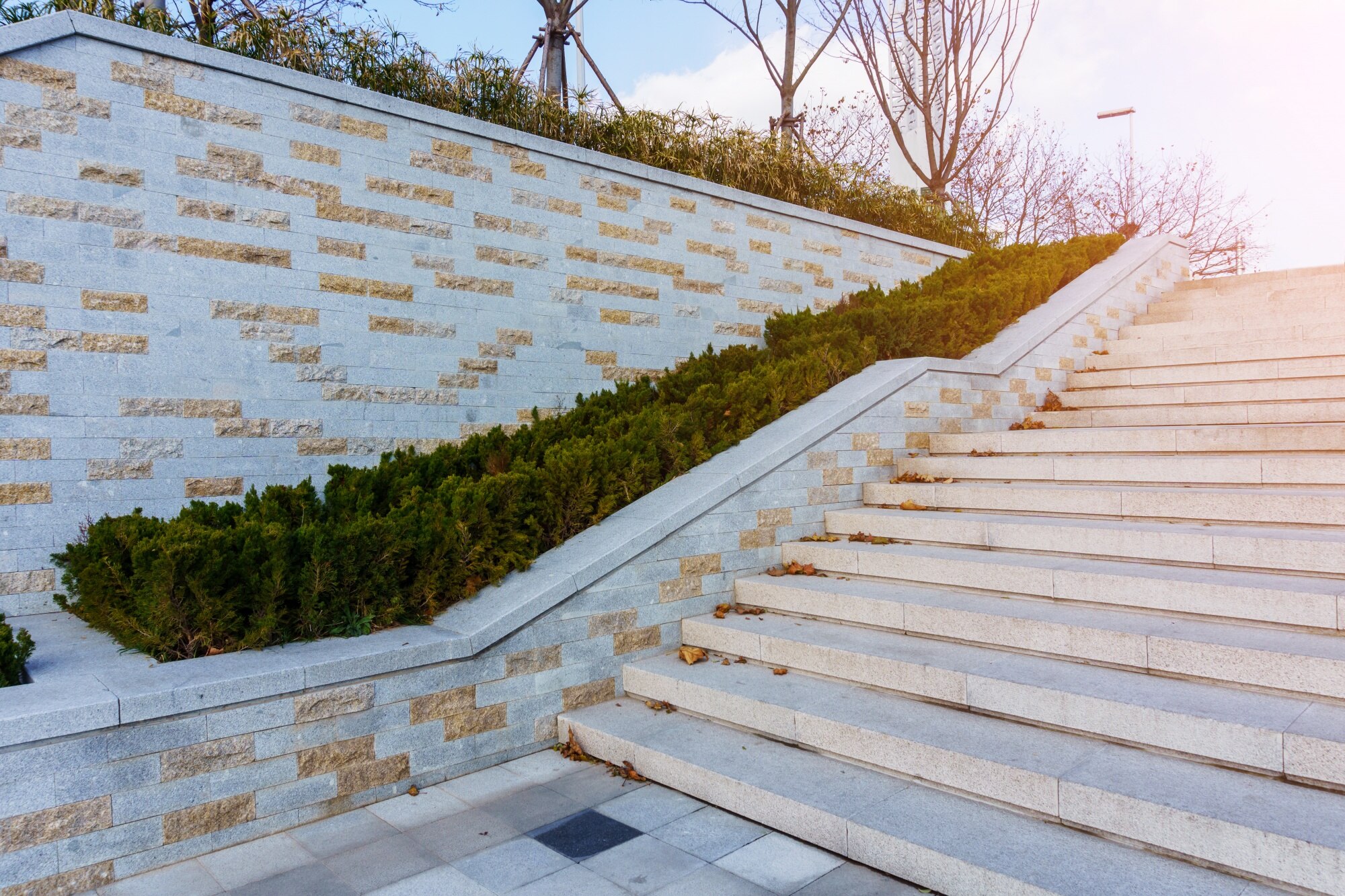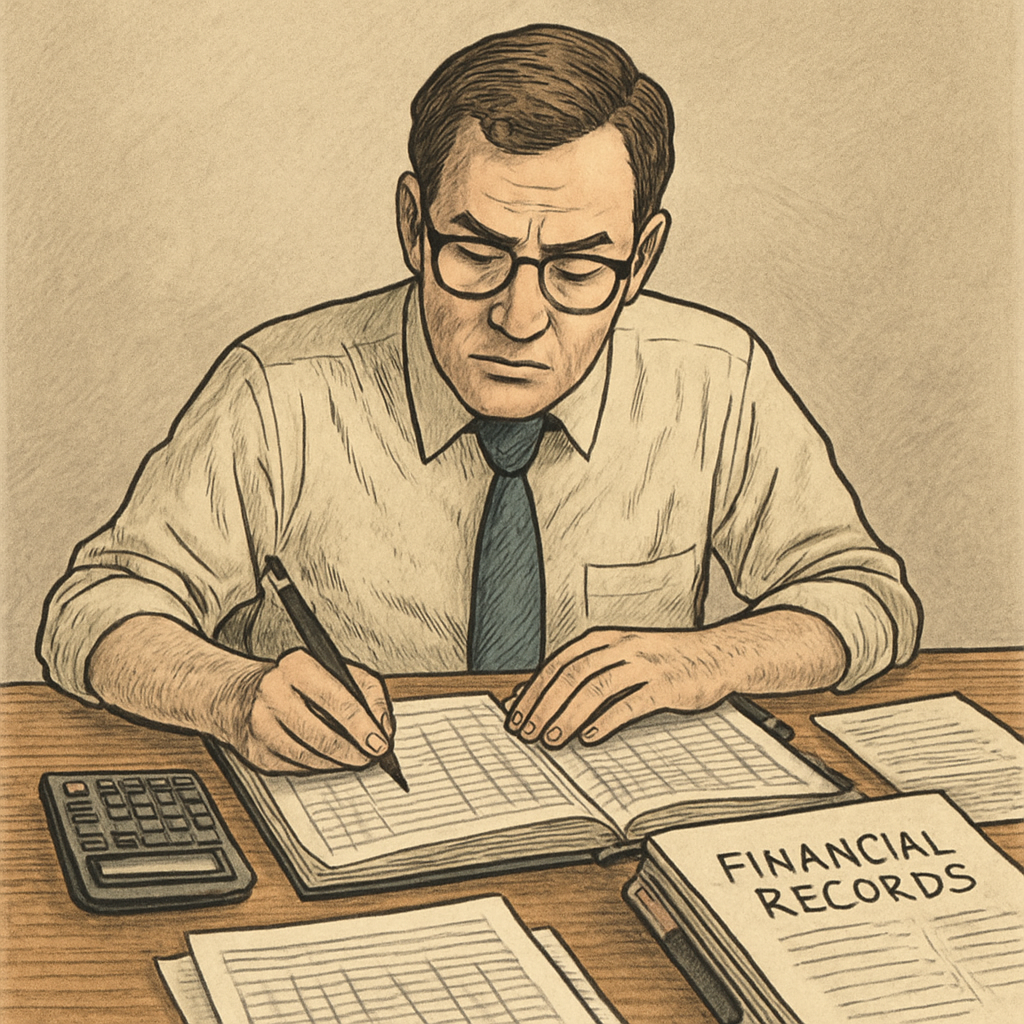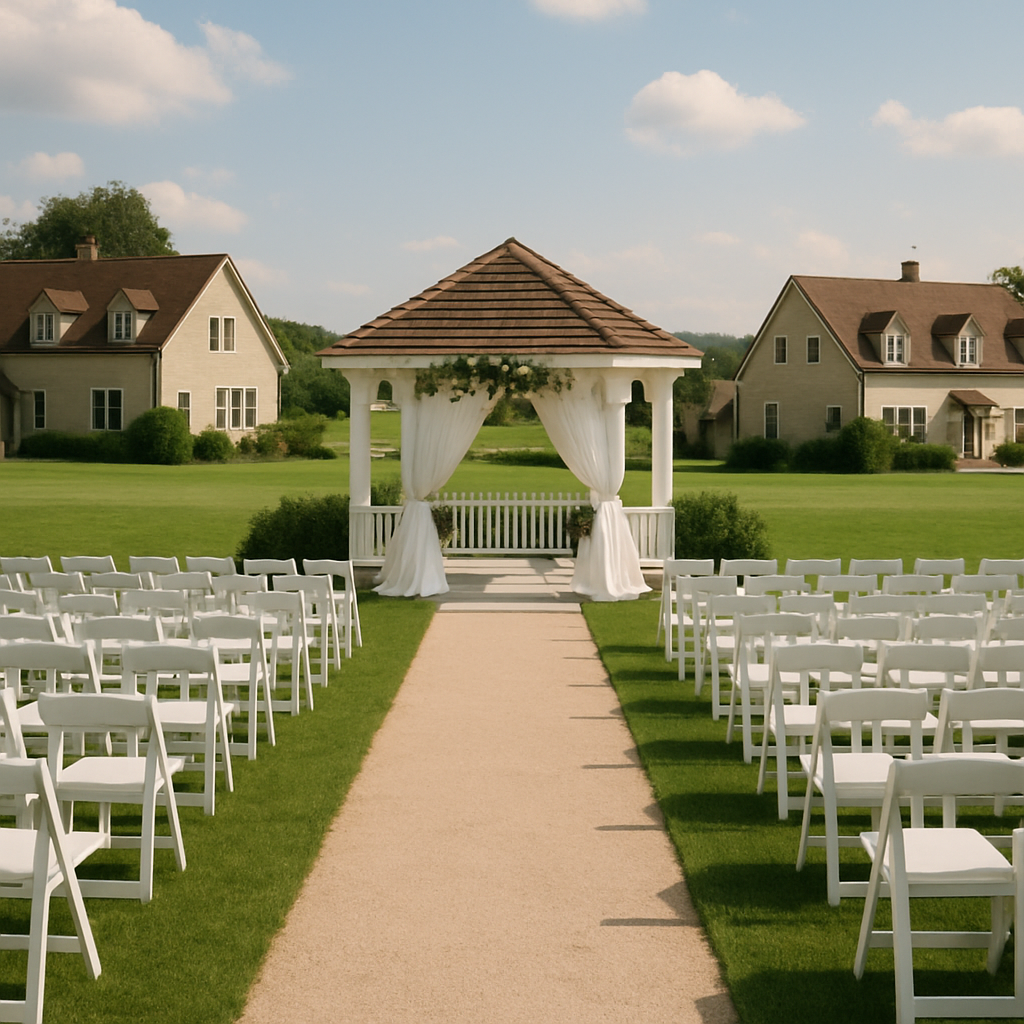Retaining walls are a vital part of many landscapes and construction projects. They serve both functional and aesthetic purposes, providing stability and adding visual interest.
However, not all retaining wall blocks are created equal. The durability of these blocks is a crucial factor to consider. It determines the longevity and safety of the wall, especially in areas prone to weather extremes or soil movement.
In this article, we delve into the world of retaining wall blocks. We focus on those that offer superior durability, making them a wise investment for your landscaping or construction project.

We’ll compare different materials, such as concrete, stone, and brick. We’ll also highlight the top brands and manufacturers in the industry.
Whether you’re a homeowner, a DIY enthusiast, or a professional landscaper, this guide is for you. It will help you make an informed decision when choosing retaining wall blocks.
So, let’s embark on this journey to discover the best retaining wall blocks for durability. Your next project deserves nothing less.
Understanding Retaining Wall Blocks
Retaining wall blocks are specialized units used in the construction of retaining walls. These walls are designed to hold back soil and prevent it from eroding or sliding downhill.
Retaining walls can be a simple DIY project for a homeowner or a complex task requiring professional expertise. The choice of blocks plays a significant role in the project’s success.
The blocks come in various shapes, sizes, and materials. Each type has its unique features and benefits.
Here are some key aspects to consider when choosing retaining wall blocks:
- Durability: The blocks should withstand environmental conditions and maintain their structural integrity over time.
- Aesthetics: The blocks should complement the overall landscape design.
- Ease of installation: Some blocks have interlocking features that simplify the installation process.
- Cost: The price of the blocks should fit within your project budget.
The Purpose of Retaining Walls
Retaining walls serve several purposes. They are primarily used to prevent soil erosion, especially in areas with sloping terrain.
By holding back soil, these walls create flat, usable spaces in your yard. They can transform a steep slope into a series of terraces, each providing a unique opportunity for landscaping.
Retaining walls also add aesthetic value. They can be a focal point in your landscape design, adding structure and visual interest.
Materials Used in Retaining Wall Blocks
Retaining wall blocks are made from various materials. Each material has its unique characteristics, influencing the wall’s durability, appearance, and cost.

Concrete is a popular choice due to its strength and versatility. Concrete blocks come in various shapes and sizes, allowing for creative design possibilities.
Stone blocks, on the other hand, offer a natural and timeless look. They are durable but can be more challenging to install due to their irregular shapes.
Brick retaining wall blocks provide a classic aesthetic. They are durable and easy to install, but they may not be as versatile as concrete or stone blocks.
Choosing the right material for your retaining wall blocks is crucial. It affects not only the wall’s durability but also its overall look and feel.
Factors Influencing Durability
The durability of retaining wall blocks is influenced by several factors. These include the material of the blocks, the local climate, and the installation process.
Here are some key factors to consider:
- Material: Some materials are more durable than others. For instance, concrete blocks are known for their strength and longevity.
- Climate: The local climate can affect the durability of retaining wall blocks. Blocks should be able to withstand the local weather conditions.
- Installation: Proper installation is crucial for the durability of the wall. This includes correct preparation of the base, alignment of the blocks, and backfilling.
Understanding these factors can help you choose the most durable blocks for your retaining wall project.
Climate and Environmental Considerations
The local climate plays a significant role in the durability of retaining wall blocks. Blocks should be able to withstand the local weather conditions, including temperature extremes, rainfall, and freeze-thaw cycles.
For instance, in areas with heavy rainfall, it’s crucial to choose blocks that can handle high moisture levels. Similarly, in regions with freezing temperatures, the blocks should be resistant to freeze-thaw cycles.
Choosing blocks that are suited to your local climate will ensure the longevity of your retaining wall.
Importance of Proper Installation
Proper installation is crucial for the durability of retaining wall blocks. This starts with the preparation of the base. The base should be level and compacted to provide a solid foundation for the blocks.
The blocks should be aligned correctly and securely interlocked to ensure the stability of the wall. Backfilling should be done carefully to avoid putting undue pressure on the wall.
Lastly, proper drainage is essential to prevent water buildup, which can weaken the wall over time. By paying attention to these installation details, you can enhance the durability of your retaining wall.
Top Retaining Wall Block Options
When it comes to retaining wall blocks, there are several options to choose from. Each type of block has its own set of advantages and potential drawbacks.
Concrete, stone, and brick are among the most popular materials. However, there are also innovative and sustainable options available.
The best choice for your project will depend on various factors, including your budget, the local climate, and your aesthetic preferences.
Let’s take a closer look at some of the top options for retaining wall blocks.
Concrete Retaining Blocks
Concrete retaining blocks are a popular choice for many homeowners and professionals. They are known for their strength and durability, making them a reliable option for retaining walls.
Concrete blocks come in a variety of sizes and styles, allowing for a high degree of customization. They also feature interlocking designs, which make installation easier and enhance the stability of the wall.
However, concrete blocks can be heavy, making them more challenging to handle for DIY projects. They may also require a stronger foundation compared to lighter materials.
Stone and Brick Options
Stone and brick are other common materials for retaining wall blocks. They offer a classic, timeless look that can enhance the aesthetic appeal of any landscape.
Stone blocks are extremely durable and can withstand harsh weather conditions. However, they can be more expensive and harder to install than other options.
Brick blocks, on the other hand, are lighter and easier to handle. They also come in a variety of colors and textures. However, they may not be as durable as stone or concrete, especially in wet climates.
Innovative and Sustainable Blocks
In recent years, there has been a growing interest in innovative and sustainable retaining wall blocks. These include blocks made from recycled materials or designed with unique features to enhance durability and ease of installation.
For instance, some blocks feature built-in drainage systems to prevent water buildup. Others are designed to be lightweight yet strong, making them easier to handle and install.
While these options may be more expensive upfront, they can offer long-term benefits in terms of durability, maintenance, and environmental impact.
Selecting the Right Blocks for Your Project
Choosing the right retaining wall blocks for your project is crucial. It’s not just about picking the most durable or the most affordable option.
You also need to consider the specific requirements of your project. This includes the size and weight of the blocks, their aesthetic appeal, and your budget.
Here are some key factors to consider:
- Size and weight of the blocks
- Interlocking features for stability
- Texture and color for aesthetic appeal
- Cost and budget considerations
Size, Weight, and Interlocking Features
The size and weight of the retaining wall blocks can significantly impact the stability of your wall. Larger, heavier blocks may provide more stability, but they can also be more challenging to handle and install.
Interlocking features are another important consideration. Blocks with interlocking designs can enhance the strength of the wall and make installation easier.
However, they may also limit your design options, especially if you want to create curves or other complex shapes.
Aesthetic Considerations: Texture and Color
The texture and color of the retaining wall blocks can greatly affect the overall look of your wall. Some people prefer the natural, rustic look of stone blocks, while others prefer the smooth, modern look of concrete.
Color is another important factor. You can choose a color that complements your existing landscape or architecture, or you can use color to create contrast and visual interest.
Remember, the aesthetic appeal of your wall can also impact the value of your property.
Cost and Budgeting for Your Retaining Wall
Finally, you need to consider the cost of the retaining wall blocks and your overall budget for the project. The cost of blocks can vary widely depending on the material, size, and brand.
Don’t forget to factor in the cost of other materials and equipment you may need, such as mortar, tools, and protective gear.
Also, consider the cost of maintenance and potential repairs in the future. While some options may be cheaper upfront, they may require more maintenance or not last as long, leading to higher costs in the long run.
Installation and Maintenance
Once you’ve selected the right retaining wall blocks for your project, the next step is installation. Proper installation is crucial to ensure the durability and longevity of your retaining wall.
Here are some key steps in the installation process:
- Preparing the site
- Laying the foundation
- Installing the blocks
- Backfilling and compacting
- Finishing the wall
Remember, each type of block may have specific installation requirements. Always follow the manufacturer’s instructions to ensure the best results.
Step-by-Step Installation Guide
Installing retaining wall blocks can be a complex process, especially for larger walls or walls with complex designs. However, with the right tools and a bit of patience, you can create a durable and beautiful retaining wall.
First, you need to prepare the site. This includes clearing any debris, leveling the ground, and marking the location of the wall.
Next, you need to lay the foundation. This usually involves digging a trench and filling it with a layer of compacted gravel.
Then, you can start installing the blocks. Start at one end of the wall and work your way to the other end, making sure each block is level and securely in place.
After installing each row of blocks, you should backfill the area behind the wall with gravel or another suitable material. This helps to ensure the stability of the wall.
Finally, you can finish the wall by installing capstones or other finishing touches. This not only enhances the look of the wall but also helps to protect it from the elements.
Maintenance and Longevity of Retaining Walls
Once your retaining wall is installed, regular maintenance is key to ensure its longevity. This includes checking the wall for any signs of damage or instability, especially after heavy rains or other extreme weather events.
You should also clean the wall regularly to remove any dirt or debris that could cause damage over time. If you notice any cracks or other signs of damage, it’s important to repair them as soon as possible to prevent further damage.
Remember, the longevity of your retaining wall also depends on the quality of the blocks you choose. Always opt for high-quality, durable blocks to ensure your wall lasts for many years to come.
Common Mistakes and How to Avoid Them
When it comes to installing retaining wall blocks, there are a few common mistakes that can compromise the durability and stability of your wall. By being aware of these potential pitfalls, you can take steps to avoid them and ensure the success of your project.
One common mistake is failing to prepare the site properly. This includes not leveling the ground adequately or not digging a deep enough trench for the foundation. Both of these issues can lead to instability and potential failure of the wall.
Another common mistake is not considering the drainage needs of the wall. Without proper drainage, water can build up behind the wall, causing pressure and potential damage. Always ensure that your wall design includes a suitable drainage system.
Finally, many people underestimate the importance of backfilling and compacting. These steps are crucial for the stability of the wall and should not be skipped. Always backfill and compact after each row of blocks is installed.
By avoiding these common mistakes, you can ensure that your retaining wall is not only durable and stable, but also aesthetically pleasing and functional.
Additional Resources and Next Steps
Now that you have a better understanding of retaining wall blocks and their durability, you might be eager to start your project. However, it’s always a good idea to continue learning and gathering information.
Here are a few resources that might be helpful:
- Manufacturer websites: These often provide detailed product information, installation guides, and customer reviews.
- Home improvement stores: Staff members can provide advice and recommendations based on your specific needs.
- Online forums and discussion boards: These can be a great place to ask questions and learn from the experiences of others.
FAQ Section
You may still have some questions about retaining wall blocks. Here are answers to some of the most frequently asked questions:
- What is the most durable material for retaining wall blocks? Concrete is often considered the most durable material, but the durability can also depend on other factors like installation and maintenance.
- How long do retaining wall blocks last? With proper installation and maintenance, retaining wall blocks can last for decades.
- Can I install retaining wall blocks myself? Yes, many people choose to install retaining wall blocks themselves. However, for larger or more complex projects, you might want to hire a professional.
Glossary of Terms
To help you navigate the world of retaining wall blocks, here are some key terms you should know:
- Backfill: The material used to fill the space behind the retaining wall.
- Drainage: A system that allows water to escape from behind the retaining wall, reducing pressure on the wall.
- Interlocking: A feature of some retaining wall blocks that allows them to fit together securely, enhancing the stability of the wall.
Where to Find Quality Retaining Wall Blocks
Quality retaining wall blocks can be found at most home improvement stores. You can also order them online from various manufacturers. Always check customer reviews and ratings before making a purchase to ensure you’re getting a quality product.
Conclusion and Final Thoughts
Choosing the right retaining wall blocks is crucial for the durability and longevity of your wall. By considering factors like material, size, and installation methods, you can ensure that your retaining wall will stand the test of time. Remember, the key to a successful project is careful planning and preparation. Good luck with your project!




